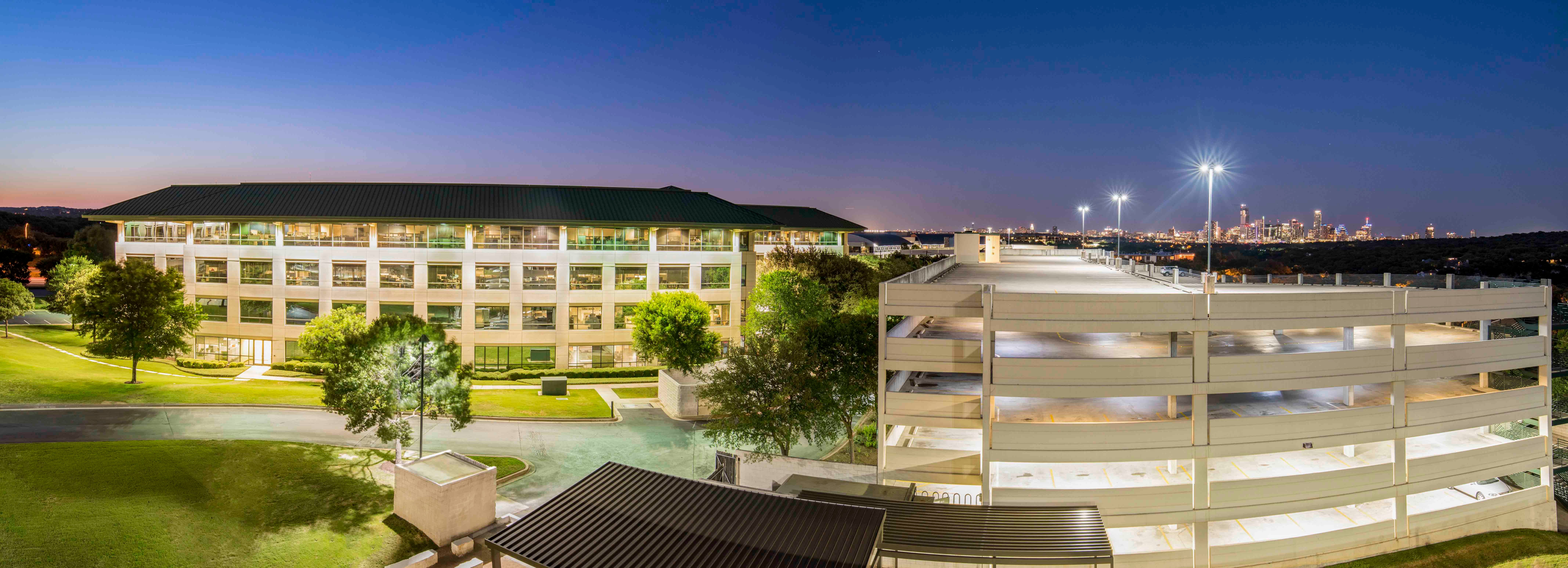AUSTIN, TX—While many markets were hindered by the economic shutdown in March and April, Austin weathered the disruption and has begun to rebound quickly. Austin remains a robust multifamily market with continued delivery of new units, strong rent growth, occupancy and sales velocity, despite the economic turmoil caused by the COVID-19 pandemic, according to NorthMarq's regional market report.
In June, the company added industry leader Scott Lamontange as managing director–investment sales, and since then, he has continued to build a multifamily investment sales team to six professionals.
"The Austin multifamily market has been one of the most reliable in the country with continued population growth and significant employment expansion," said Lamontange. "While we did see a severe slowdown during the month of May, this market has rebounded more quickly than many others. We're seeing a 200% increase in our listing pipeline just since the end of the second quarter."
Recommended For You
The pace of local job losses was less severe than cuts recorded at the national level. Prominent companies such as Tesla, Apple and Oracle are expected to add 15,000 jobs in the city, continuing to improve the unemployment rate of 5.4%, down from a COVID-19 peak of 12.2%.
While the NorthMarq report does not reflect the employment additions from Tesla, Apple and Oracle, Lamontagne expects those companies to impact the future unemployment numbers for the market.
"There are probably two main reasons and maybe one smaller reason the unemployment rate has dipped so significantly," Lamontagne tells GlobeSt.com. "The first is the leisure and hospitality sector, which originally accounted for about half of the total job losses. In the past few months, more than half of these jobs that were cut have come back. The second is the overall general health of the market, particularly in white-collar sectors. Austin's white-collar sectors like financial and professional have been really strong, and since a lot of these jobs can be done remotely, both sectors have continued to post year-over-year gains. The third reason, the smaller one, could be linked to Tesla, Oracle and Apple. That's construction. The construction sector in Austin has been posting annual employment gains averaging more than 6% annually for years. Much of this is tied to residential construction, both single-family and multifamily, but there's also plenty of commercial development going on specifically in the facilities these major tech companies are building and/or expanding."
The Austin investment market slowed in the second quarter, something that occurred in nearly every major market in the country as investors tried to assess the impact of the COVID-19 outbreak on property performance. While fewer properties have sold, pricing and cap rate trends have proven to be resilient. The average cap rate has remained below 5% thus far in 2020, nearly identical to the average from last year.
Other Key Findings:
- The local multifamily vacancy rate ended the second quarter at 5.9%, identical to the figure in the first quarter. Year-over-year, vacancy ticked up just 10 basis points.
- Asking rents finished the second quarter at $1,314 per month, 2.8% higher than one year ago. Annual rent growth has averaged 4.9% during the past five years.
- The Austin investment market produced fairly steady results in the first half of the year. Sales velocity slowed with uncertainty in the greater economy, but fundamentals remained strong. Cap rates have averaged 4.9%, nearly identical to the average in 2019.
© Touchpoint Markets, All Rights Reserved. Request academic re-use from www.copyright.com. All other uses, submit a request to [email protected]. For more inforrmation visit Asset & Logo Licensing.







